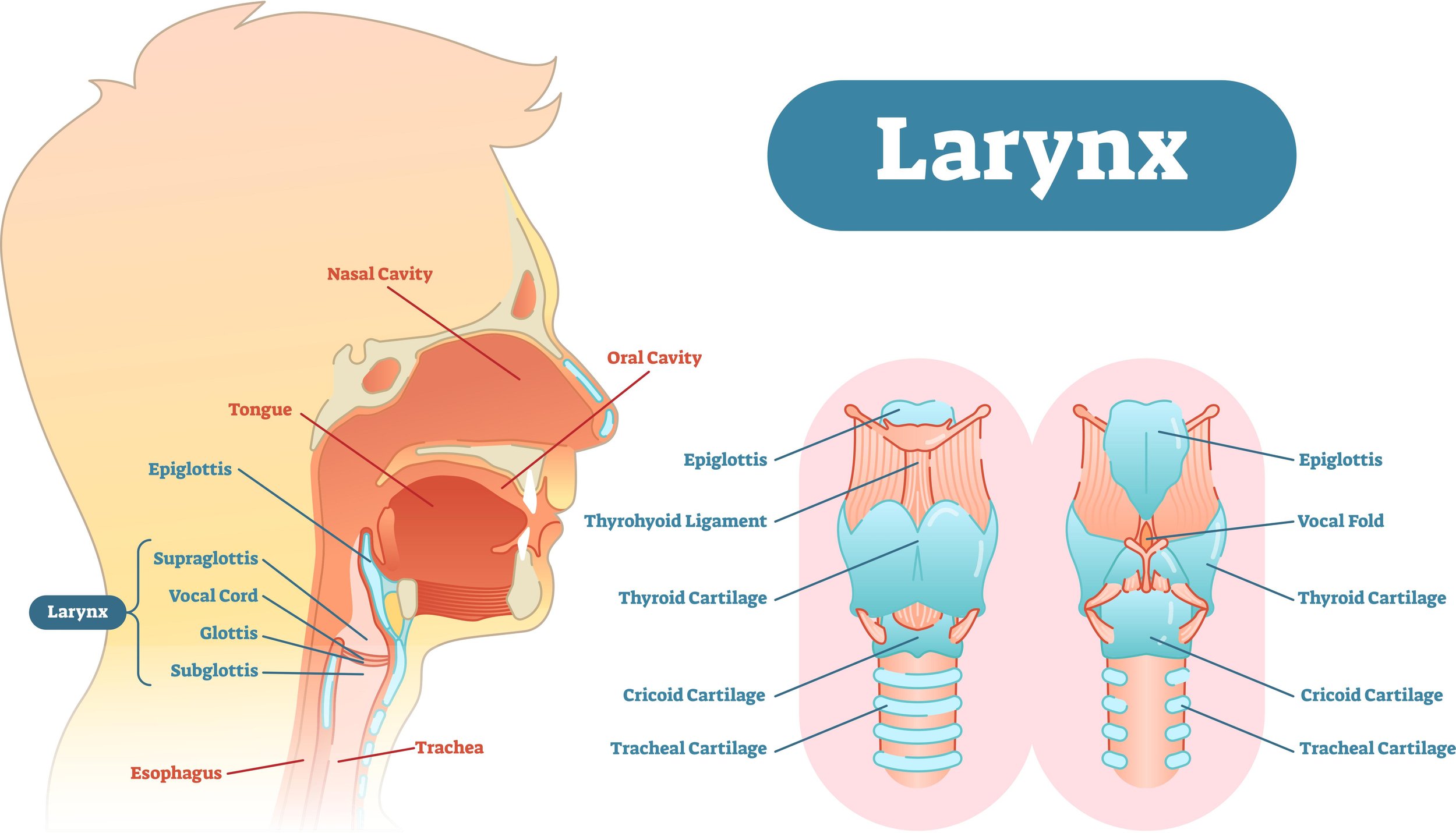How to Raise Your Pitch Easily for Vocal Feminization with this Exercise
Do you wish your voice felt more effortless as you inflect in a higher vocal range?
When you work on vocal feminization, it’s common to feel vocal fatigue and strain as you go higher in pitch. You might feel that you hit a ceiling and can’t go any higher. Your voice might feel tense and tight, and it can be frustrating.
What if I told you that in order to get to a higher pitch, you actually had to do less work?
Below, I’m going to share an exercise to help you navigate higher pitches with more ease.
Accessing A Higher vocal Range
In this exercise, we’re going to be working on accessing the head voice register, commonly known as the falsetto register.
So what is a vocal register?
A vocal register is a group of tones that has a similar vocal quality. All throughout that group of tones, the vocal cords vibrate in a certain position.
For instance in chest voice, the vocal cords are short and thick, and a lot of the surface area of the vocal cords vibrates together.
In the head voice, the vocal cords are thin and long, and less of the surface area of the vocal cords vibrate together.
In the chest voice, the voice can feel grounded and you might feel some vibrations in your body.
When you cross over into the head voice, you might feel less of that vibration, and the sound quality of your voice might change to a lighter, flutier quality.
As you raise your pitch in the chest voice, you might notice that it starts to feel tense. So in order to continue raising the pitch, we want to allow the voice to change length and vibratory pattern and go into the head voice.
how to Find Your Head Voice
Try this exercise on an “oo” or “ah” vowel, or using an SOVT sound.
Glide up in pitch from your lowest pitch to your highest pitch. As you go up in pitch, reduce your volume.
You should feel a little flip or click as you change registers, and notice a different sound quality. That’s a good thing! That means that you have released your tension and are allowing your vocal cords to change the vibratory pattern.
Why is This Beneficial?
You might wonder why you’re doing this if the sound quality is so different from your normal speaking voice in chest voice.
This ability to switch registers is helpful because it means that you’ve released tension around the larynx. Using SOVT exercises, you can smooth that break out so that you can have more flexibility in inflection and pitch options.
Want to learn more?























